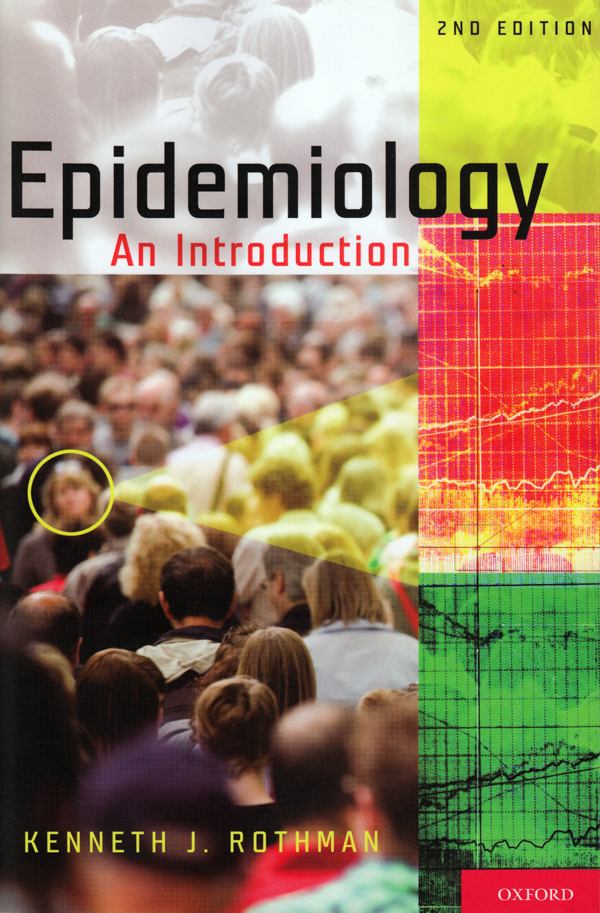

2025 Stata Conference • Nashville, TN • 31 July–01 August
Epidemiology: An Introduction, Second Edition |
||||||||||||||||||||||||||||||||||||
 Click to enlarge See the back cover |

As an Amazon Associate, StataCorp earns a small referral credit from
qualifying purchases made from affiliate links on our site.
eBook not available for this title
eBook not available for this title |
|
||||||||||||||||||||||||||||||||||
Comment from the Stata technical groupThe study of epidemiology requires a deep understanding of statistics. Many texts focus on formulas, calculations, and software rather than on the concepts you need to know. It’s easy to get lost in all the jargon. This text is ideal for beginners in epidemiological statistics to learn the terminology and understand how and when to use statistical tools. The text focuses on concepts, not on mathematics, and discusses statistical techniques in the context of the real problems they can solve. This text bridges the gap between what is taught in an introductory statistics text and what you need to be an effective researcher and analyst. The second edition has two new chapters, chapter 2 and chapter 6, listed below in the table of contents. Chapter 2 provides a historical overview of the early contributions by the pioneers of epidemiology and public health. Chapter 6 presents a summary of key concepts in infectious disease epidemiology. The text remains current with continually evolving epidemiological concepts and is now accompanied by a website (www.oup.com/us/epi), where readers can participate in discussions of the concepts presented in the book. |
||||||||||||||||||||||||||||||||||||
Table of contentsView table of contents >> 1. Introduction to Epidemiologic Thinking
2. Pioneers in Epidemiology and Public Health
3. What is Causation?
4. Measuring Disease Occurrence and Causal Effects
5. Types of Epidemiologic Studies
6. Infectious Disease Epidemiology
7. Dealing with Biases
8. Random Error and the Role of Statistics
9. Analyzing Simple Epidemiologic Data
10. Controlling Confounding by Stratifying Data
11. Measuring Interactions
12. Using Regression Models in Epidemiologic Analysis
13. Epidemiology in Clinical Settings
Appendix
Index
|
||||||||||||||||||||||||||||||||||||
Learn
Free webinars
NetCourses
Classroom and web training
Organizational training
Video tutorials
Third-party courses
Web resources
Teaching with Stata
© Copyright 1996–2025 StataCorp LLC. All rights reserved.
×
We use cookies to ensure that we give you the best experience on our website—to enhance site navigation, to analyze usage, and to assist in our marketing efforts. By continuing to use our site, you consent to the storing of cookies on your device and agree to delivery of content, including web fonts and JavaScript, from third party web services.
Cookie Settings
Last updated: 16 November 2022
StataCorp LLC (StataCorp) strives to provide our users with exceptional products and services. To do so, we must collect personal information from you. This information is necessary to conduct business with our existing and potential customers. We collect and use this information only where we may legally do so. This policy explains what personal information we collect, how we use it, and what rights you have to that information.
These cookies are essential for our website to function and do not store any personally identifiable information. These cookies cannot be disabled.
This website uses cookies to provide you with a better user experience. A cookie is a small piece of data our website stores on a site visitor's hard drive and accesses each time you visit so we can improve your access to our site, better understand how you use our site, and serve you content that may be of interest to you. For instance, we store a cookie when you log in to our shopping cart so that we can maintain your shopping cart should you not complete checkout. These cookies do not directly store your personal information, but they do support the ability to uniquely identify your internet browser and device.
Please note: Clearing your browser cookies at any time will undo preferences saved here. The option selected here will apply only to the device you are currently using.